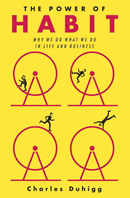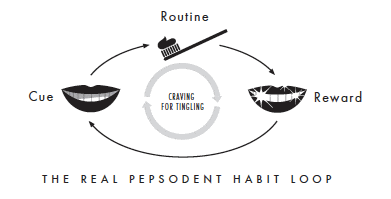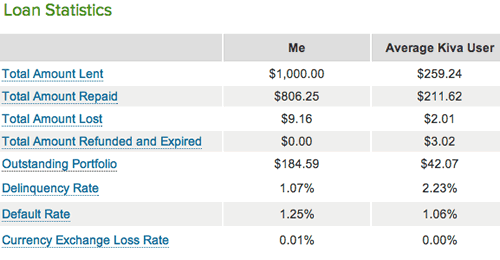Time to try out another online portfolio manager – MarketRiders.com. While previously-reviewed Betterment is an website/broker/advisor combo that handles all the decisions and trade executions for you, MarketRiders is more like an online portfolio coach telling you what trades to place yourself at the discount broker of your choice. Both services offer diversified portfolios using low-cost index ETFs, but think of it as one cooks you a nice tray of lasagna while the other one provides you a detailed, step-by-step recipe.
Free Trial Sign-up
To find out what the recipe is, you have to sign up for a free 30-day trial with your credit card information. The regular price for the service is $149.95 a year or $14.95 per month. You will be auto-enrolled after 30 days, but MarketRiders promises that canceling is easy and can be done completely online within two clicks. I can confirm it is indeed that easy. Just go to My account > Manage my subscription > Cancel my subscription. You still even get to use the rest of your free 30 days after canceling. Now, what do you get?
[Read more…]

 One common recommendation for new parents is to save time wherever you can. So tonight, for the very first time, I have signed up for the AutoPay feature for my most
One common recommendation for new parents is to save time wherever you can. So tonight, for the very first time, I have signed up for the AutoPay feature for my most 





 The Best Credit Card Bonus Offers – March 2024
The Best Credit Card Bonus Offers – March 2024 Big List of Free Stocks from Brokerage Apps
Big List of Free Stocks from Brokerage Apps Best Interest Rates on Cash - March 2024
Best Interest Rates on Cash - March 2024 Free Credit Scores x 3 + Free Credit Monitoring
Free Credit Scores x 3 + Free Credit Monitoring Best No Fee 0% APR Balance Transfer Offers
Best No Fee 0% APR Balance Transfer Offers Little-Known Cellular Data Plans That Can Save Big Money
Little-Known Cellular Data Plans That Can Save Big Money How To Haggle Your Cable or Direct TV Bill
How To Haggle Your Cable or Direct TV Bill Big List of Free Consumer Data Reports (Credit, Rent, Work)
Big List of Free Consumer Data Reports (Credit, Rent, Work)